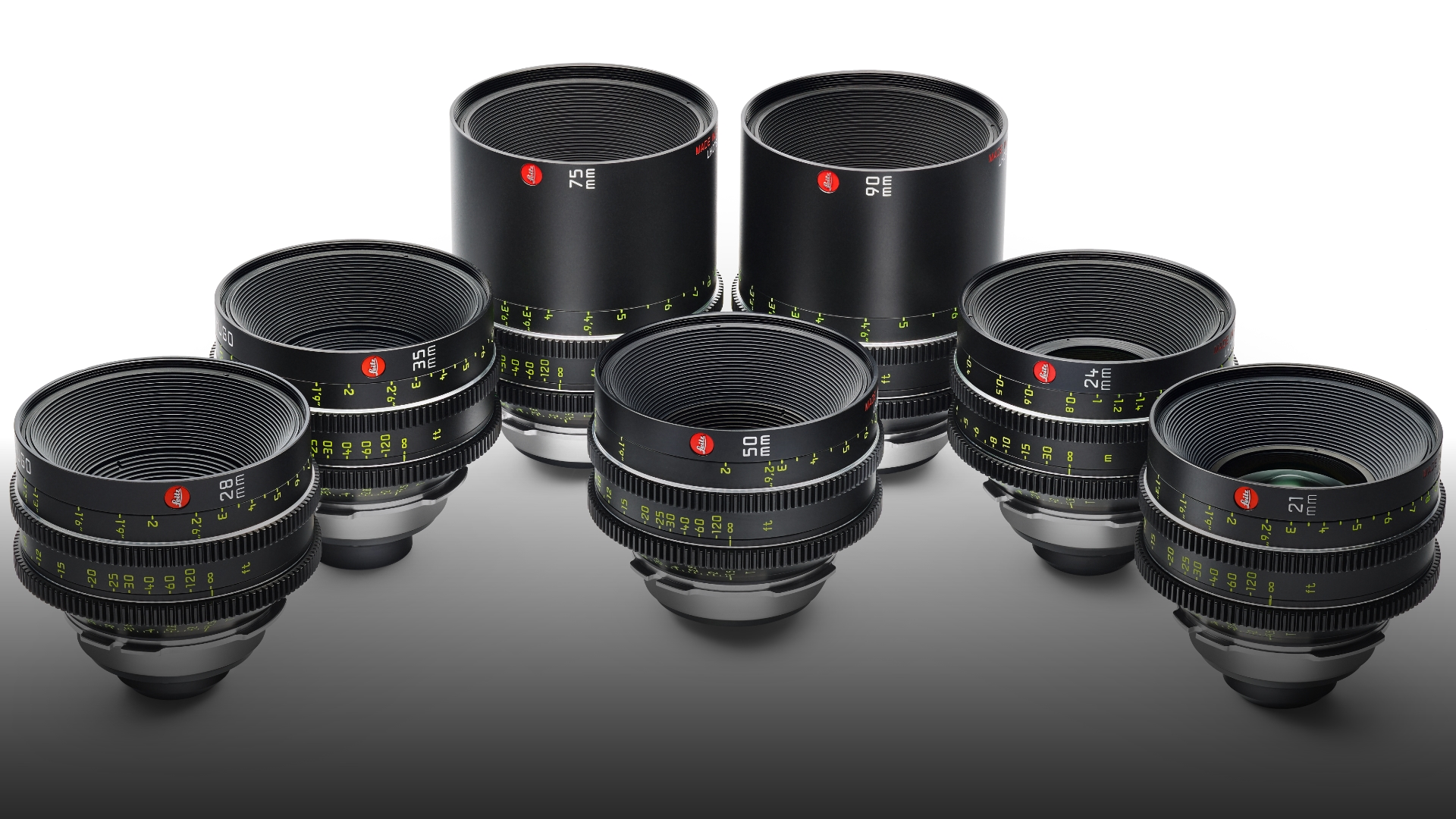
With more and more identikit glass pushing its way onto the market, the likes of the new Leitz HUGOs provide reassurance and character for those that can afford them.
The huge demand for cinema lenses is something that’s been raising eyebrows worldwide for the last few years, as manufacturers demonstrate how many bits of PL-mount glass the planet can use. An organisation that’s carefully not jumped on the small-price, big-market bandwagon is Leitz. Like the other big names of cinema lenses, the company has continued doing what it does best with things like the Leica M 0.8 series, a set of not-so-modestly priced cinema lenses deriving from approaches the company has been using since the middle of the twentieth century.
The Leitz HUGO lenses take their name from engineer Hugo Wehrenfenning whose work for Leica Camera (then Ernst Leitz GmbH, Wetzlar) included creating the iconic Leica M bayonet mount still in use today along with many of the early M series lenses.
The M 0.8 set always looks rather like a set of stills lenses with cinema-style additions, because that’s more or less what it is. They’re tiny and very portable, but even getting a PL mount meant going to the C-suffixed Summilux or Summicron lenses. Anyone who preferred the old-world charms of the Leica M, but couldn’t fit an M mount to a rental camera, was therefore out of luck until now.
The HUGO lenses use the LPL mount, which seems tailor-made for a situation like this. It’s actually only a little shallower than conventional PL, but the difference is enough to facilitate a big improvement in potential lens performance. Removing the rotating mirror from cameras not only made them smaller and lighter, it made better lenses possible, too; fitting an M mount to an Alexa always required some internal modifications.
HUGO includes the same 21, 24, 35, 50, 75, and 90mm lenses as the M 0.8 range, including the jet-propelled T1.0 50mm Noctilux, which seems designed to haunt the nightmares of focus pullers. Other than the latter, all are T1.5, which somehow manages to match a Zeiss Supreme Prime while weighing only a bit more than half as much (the fast 50 is, understandably, chunkier). The HUGO range lacks anything longer than the 90, while Zeiss goes from 15mm out to 200mm (falling off to T2.2), though Leitz has stated an intention to release 18 and 135mm focal lengths.
Leitz has never shown any interest in being the budget option. Anyone wanting a set of reasonably-fast full-frame primes might start at Sigma’s Cine FF series and pay perhaps £30,000 for a seven lens set, all of which match Leitz’s T1.5 except the longest and shortest which are, in any case, absent from the HUGO range. More ambitious purchasers might covet the core set of seven Supreme Primes, which push £90,000 including VAT. Leitz’ Hugo series come in at just a few thousand more. The purpose is different – Supremes target precision, whereas Leitz promotes a less pristine look that recalls the mid-century origins of the M series.
So, in a world drowning in affordable, identikit glass, the Hugo series actually seems well placed to help secure the company’s hold on the high end, especially for people who’re looking for a little well-judged character.
Tags: Production


Comments